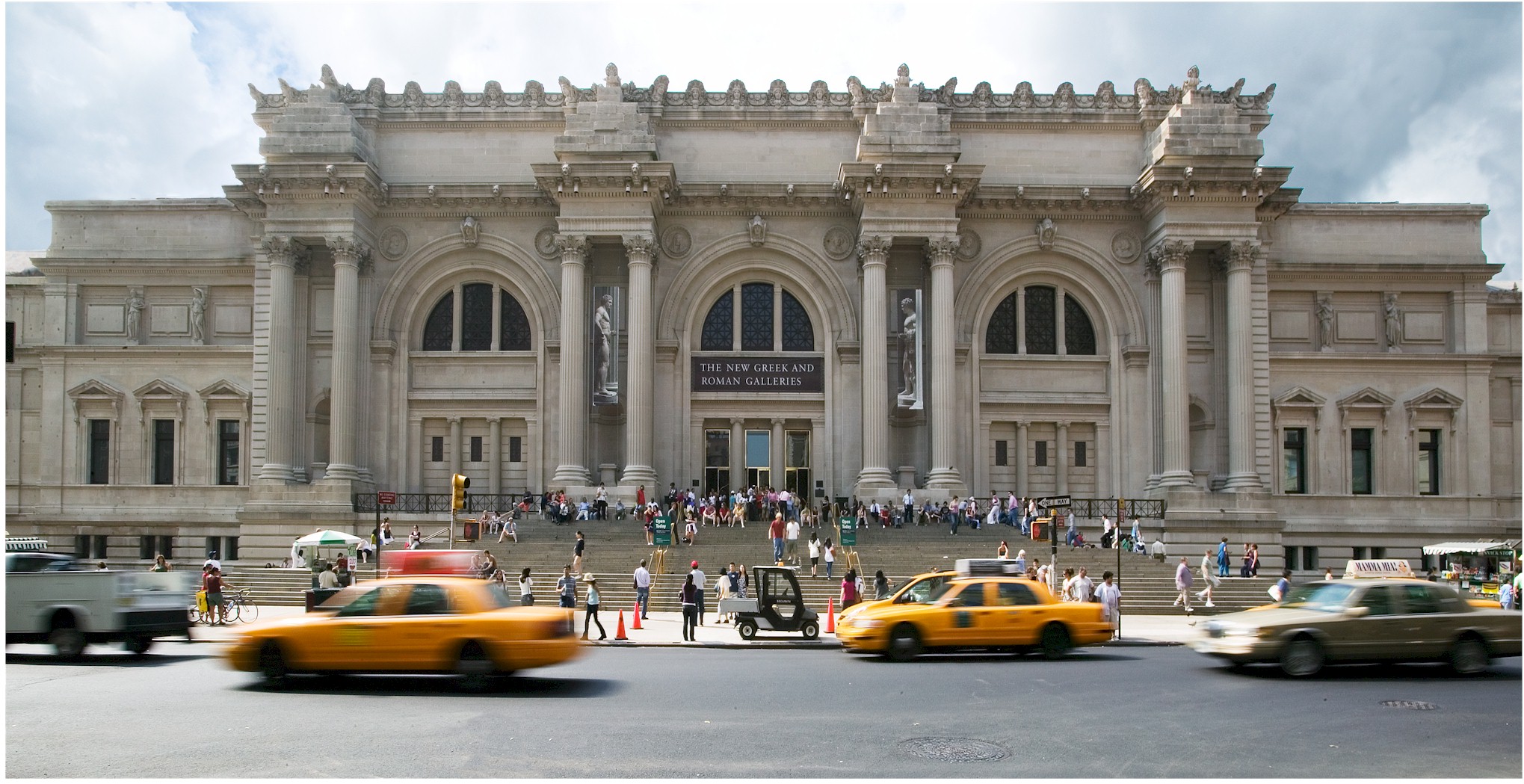
Metropolitan Museum of Art in Manhattan, NY (Source: Teleread)
Since 2012, New York City government passed Local Law 84, a game-changing legislation for the industry. Under LL84, every building over 50,000 sqft was required to be benchmarked under the Energy Star rating system. Additionally, this information would be made publically accessible for anyone to see, from government officials, to business owners, and average citizens.
This legislation has already transformed the building industry in New York City, and soon the world. Ever since the passing of this law, building owners have taken notable initiative to improve operational practices, such as retrofitting existing equipment, hiring sustainability managers, and overall including sustainability on their corporate agenda.
However although NYC’s own Metropolitan and MoMA are easily above 50,000 sqft (2 million sqft and 630,000 sqft, respectively), museum spaces have not yet qualified for benchmarking under the Energy Star rating system. As a result, museums have been structurally exempt from this law, missing out on the opportunity to know how effectively energy is being used in the space as well as opportunities to improve
The reason that Energy Star has not directed it’s research efforts to develop an methodology to analyze museum efficiency, since museums in general have great variability in their size, function, and internal systems, making it difficult to compare one space to another.
Additionally, developing an Energy Star systems for museums would require a large dataset of museum energy consumption to be determine how museums rank against each other. Just like residential and commercial buildings are benchmarked against their own type, museums need to be compared to others of the same size and geographical region in order to gain effective perspective on how they should be performing. Enough museums need to volunteer to have a set of buildings for benchmarking in order for this method to be comprehensive an effective, a time-consuming research endeavor for all parties.
Additionally, this dearth of museum regulation has been greatly influenced by the strict conditions that must be maintained with specific levels of lighting, temperature, and humidity to preserve artwork’s inherent qualities and prevent deterioration. The monumental importance of artwork preservation has influenced museums to take incredibly cautious approaches to their internal systems.

LED lighting utilized by Rijksmuseum Museum in Amsterdam (Source: Inhabitat)
There are two primary ways that museums can be environmentally friendly: efficiency of internal systems and how effectively they are operated.
Arguably the most sensitive of these systems is lighting. For certain types of art materials, the presence of wide-range UV rays can degrade a work’s surface texture. This protection is important especially for paintings, since traditional paint pigments generally derive their color from organic materials such as plants and minerals, which can oxidize and fade under standard lighting conditions.

Phillips SlimStyle LED Bulb, in stores January 2014.
However this day in age, there continues to be constant innovation in lighting across all sectors. For instance just several months ago, Philips released The Slimstyle, the first “pancake-shaped” LED light bulb. By flattening the bulb significantly reduces superfluous heat loss, resulting in lighting that is up to 20 times more effective than traditional incandescent bulbs. Furthermore, the prices for LEDs which have long had a reputation for being significantly more expensive than it’s alternatives (typically $20 each LED bulb compared to approx. $1-2 for an incandescent and $2-4 for a CFL bulb). However in the past year many local governments such as those of New York, New Jersey, and California have paved the way of environmental stewardship by subsidizing energy efficient lighting, making innovations such as LEDs affordable and easily accessible.
Next in importance comes Heating, Ventilation, and Air Conditioning (HVAC) systems. These systems control the inside environment of museums, which includes moderating temperature, humidity, pollutants, and even CO2 levels. In order to ensure the preservation of each museum’s unique collections, these HVAC systems operate 24/7 and have historically required system redundancies.
However even this seemly unsurmoutable obstacle has been solved in the recent year. Di-Boss Total Property Optimization developed by Columbia University, Selex-ES, and Rudin Management has created the first ever building management system (BMS) agonistic to nearly all types of commercial buildings. The software uses predictive machine-learning technology to anticipate the building’s environment based on historical weather forecasts that way. If museums were to adapt this type of software based solution to hardware redundancy, museums would be able to eliminate unnecessary energy use and improve their carbon footprint, while maintaining the integrity of the art works.



